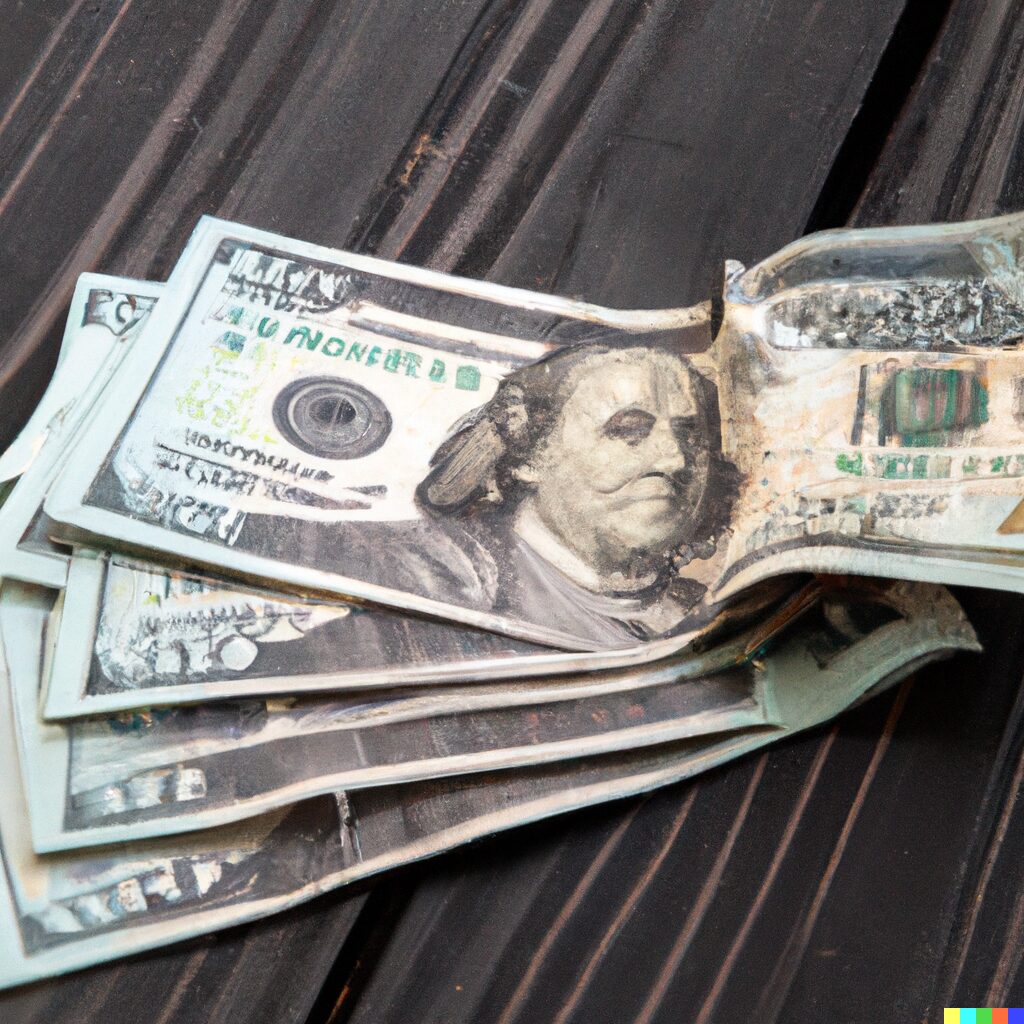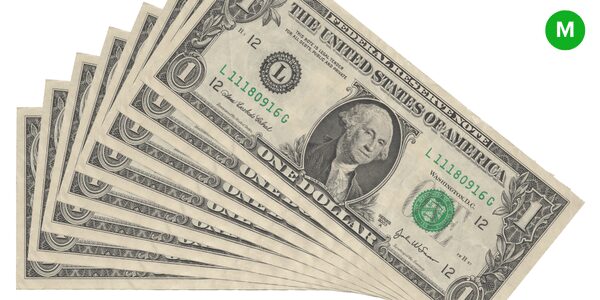What is Marked Money?
What is “marked” money? How can you identify it, and what are the risks?
Key Points
- Marked money is a currency that has been specifically marked or tampered with in some way so that it can be identified if it is used in illegal activity.
- The markings can include a special mark or watermark placed or a unique serial number assigned to it.
- Law enforcement agencies (Police, FBI) often use marked money as part of sting operations to catch criminals engaged in money laundering or other financial crimes.
- The markings on marked money are usually not visible to the naked eye. Still, they can be seen with a microscope or other magnifying device.
Marked money is not legal tender and is not supposed to be circulated as regular currency. However, nothing stops someone from using marked money as regular currency if they are willing to accept the risk of being caught.


What are the risks of using marked money?
Law enforcement officials use marked money to track money movements, especially large amounts of money.
This can be useful in situations where it is essential to know where the money has been and who has had access to it.
For example, if marked money is used to buy drugs, the person who used the marked money can be charged with drug trafficking.
Finally, using marked money can be risky because it can be challenging to spend.
Many businesses will not accept marked money; even if a business accepts it, the transaction will likely be reported to law enforcement.
For example, marked money may be used to track cash movements in a business to prevent theft or to track cash movements in a household to prevent money laundering.
The serial numbers of the notes (bills) are recorded once they have been marked.
If a criminal has been caught with stolen banknotes, the serial numbers will be checked by looking at a list of all the serial numbers of marked bills. This makes it easier for law enforcement to crack down on illegal activities.
How do you know if you have marked money?
There are several ways to tell if a bill is marked. The most common way is to look for a smudge or a discoloration on the bill. Other ways include holding the bill up to the light to look for watermarks, special patterns, or feelings for raised or embossed printing on the bill.
If you suspect that you have marked money, you should take it to a bank or other financial institution to have it checked.
Marking money is a form of counterfeiting, a federal crime in the United States. If you are found guilty of counterfeiting, you could face up to 20 years in prison and a fine of up to $250,000.
Can you use marked money?
No, I’m afraid not.
Why not?
It’s against the law to use marked money.
Marked money has been tampered with by adding extra markings or writing on the bill.
This makes the bill easily identifiable and traceable, which can be helpful for law enforcement purposes. However, it also makes the bill invalid for use in regular transactions.
How is marked money tracked?
Marked money is typically tracked using a special pen or ultraviolet light to mark specific bills with invisible ink. The tracking information is then recorded in a logbook or database. When the marked money is spent, investigators can use the tracking information to identify the person who spent the money.
Marked money is often used in sting operations to catch criminals engaged in illegal activities such as drug trafficking or money laundering.
The use of marked money could be controversial, as it can be considered entrapment if the person who spends the money would not have engaged in the illegal activity if they had not been given the marked money.
Final thoughts
To sum up, marked money is a currency that has been specifically marked or tampered with in some way so that it can be identified if it is used in illegal activity.
Marked money is not legal tender and is not supposed to be circulated as regular currency. However, nothing stops someone from using marked money as regular currency if they are willing to accept the risk of being caught.
The most significant risk of using marked money is that it can be traced back to the person who used it, which can lead to that person being arrested and charged with a crime.
Other risks of using marked money include being confiscated by law enforcement or being challenging to spend.







